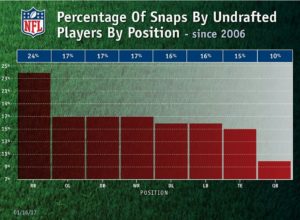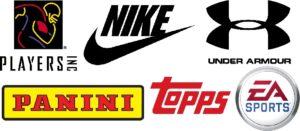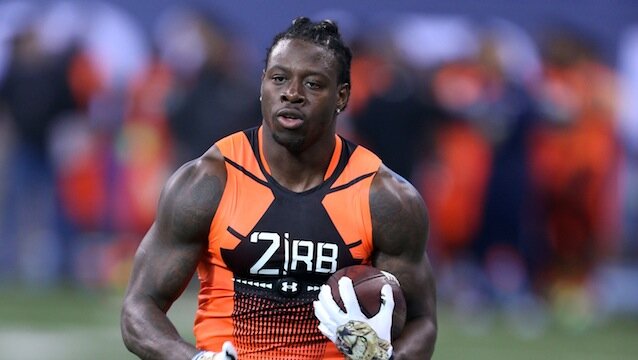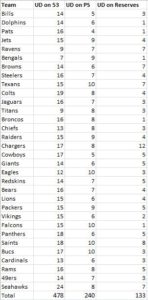
By Justin VanFulpen
First and for most College Football All-Star games are a business, they need sponsors to help take care of the expenses to bring in the NFL Draft prospects. These sponsors want their brands to be associated with the NFL without having to pay the top dollars to be an official sponsor of the NFL or a competitor of their already has that category locked up with the NFL. So to get true NFL prospects is a must to be able to help keep sponsors coming back year after year. That is a major selling point to sponsors is how many draft pick you had or how many players you have in the NFL that played in your game.
When the spring grades come out from BLETSO and National not only are the agents and financial advisors try to get their hands on them but so are the people that run the all-star games. All-star game directors of player personal want to see if the players NFL spring grade matches up to what they think of the NFL prospect.
When I was in that position in charge of personal we built our boards like we were an NFL team. We wanted to make sure we could get the best prospect in our game as possible. Any game not named the Senior Bowl knows it has to more work on elevation because since the Senior Bowl is far and away the number one College Football All-Star game. If a player is going to play in an all-star game and get an invite from the Senior Bowl he is accepting that invite.
Here are things that Player Personal Directors look for when inviting prospect to College Football All-Star Games:
1. Is he a true NFL prospect: Does he have the ability to play on Sundays and is not just a good college football player? What are scouts saying about him, will they want to see more of him in a college football all-star game setting? What grade do you have on the prospect ? As a director can you defend the selection to NFL scouts if they ask.
2. Does he have NFL measurables: If there is a tie between two or more prospect for a game roster spot, directors will go for the bigger, longer player.
3. Where the player from: Since the game is a business it doesn’t hurt to have a few local or regional prospects to help with media coverage and ticket sales.
4. What agents are recruiting the prospect: What kind of relationship does the agent have with the games personal director? Is the agent truly trying to help the prospect or just help him if he signing the prospect? Is the agent using one all-star game invite to help the prospect get a “better” invite?
5. Is the college coach calling for the prospect: Will his college head coach or position coach pick up the phone or send you an email recommending him to the game? We would always have his happen and it did factor into our decision making process.
At the end of the day the College Football All-Star game process is a big part in which a prospect can raise his draft stock so as a director of player personal you want to make sure you get the best possible prospects into your game.







